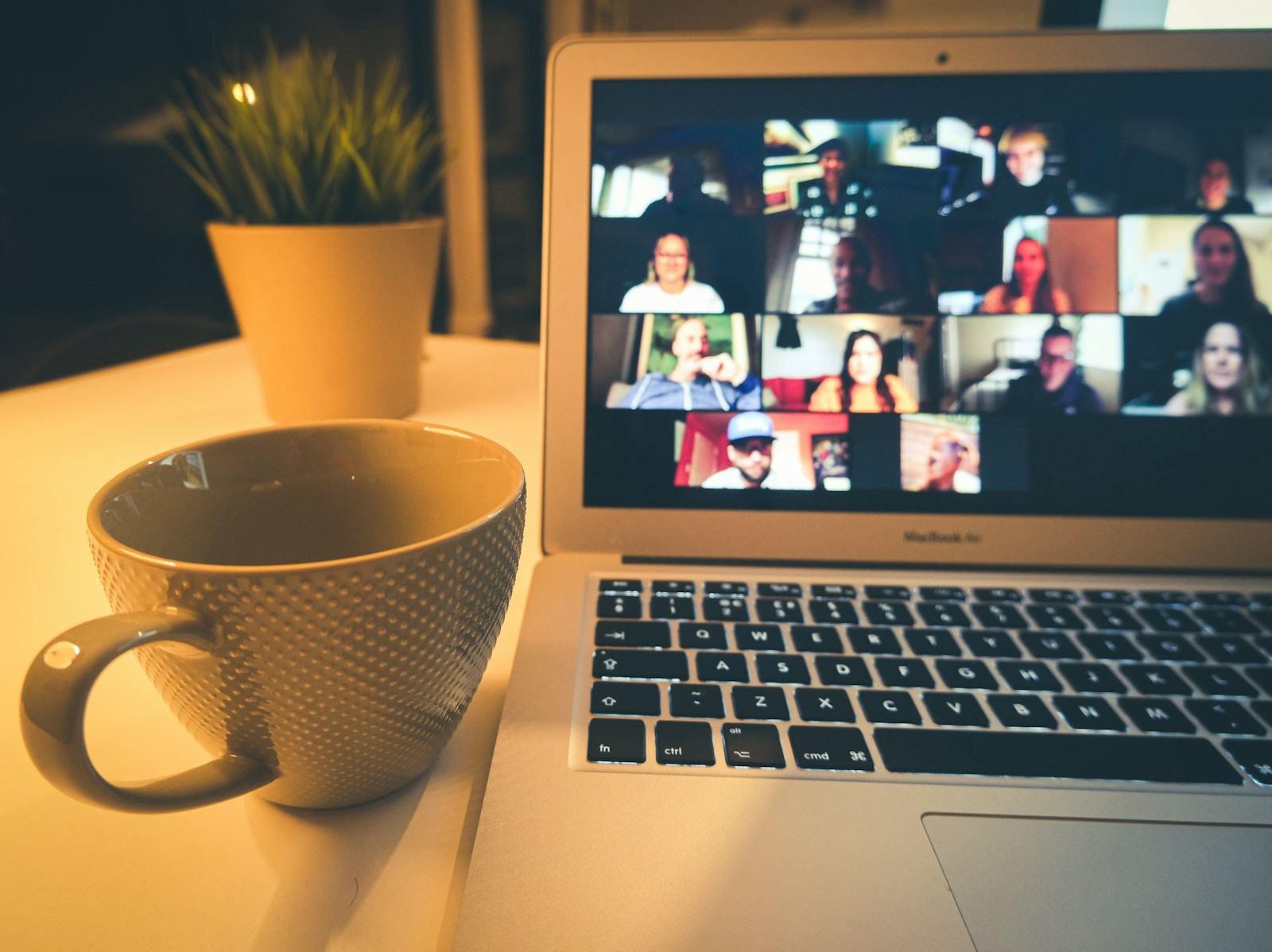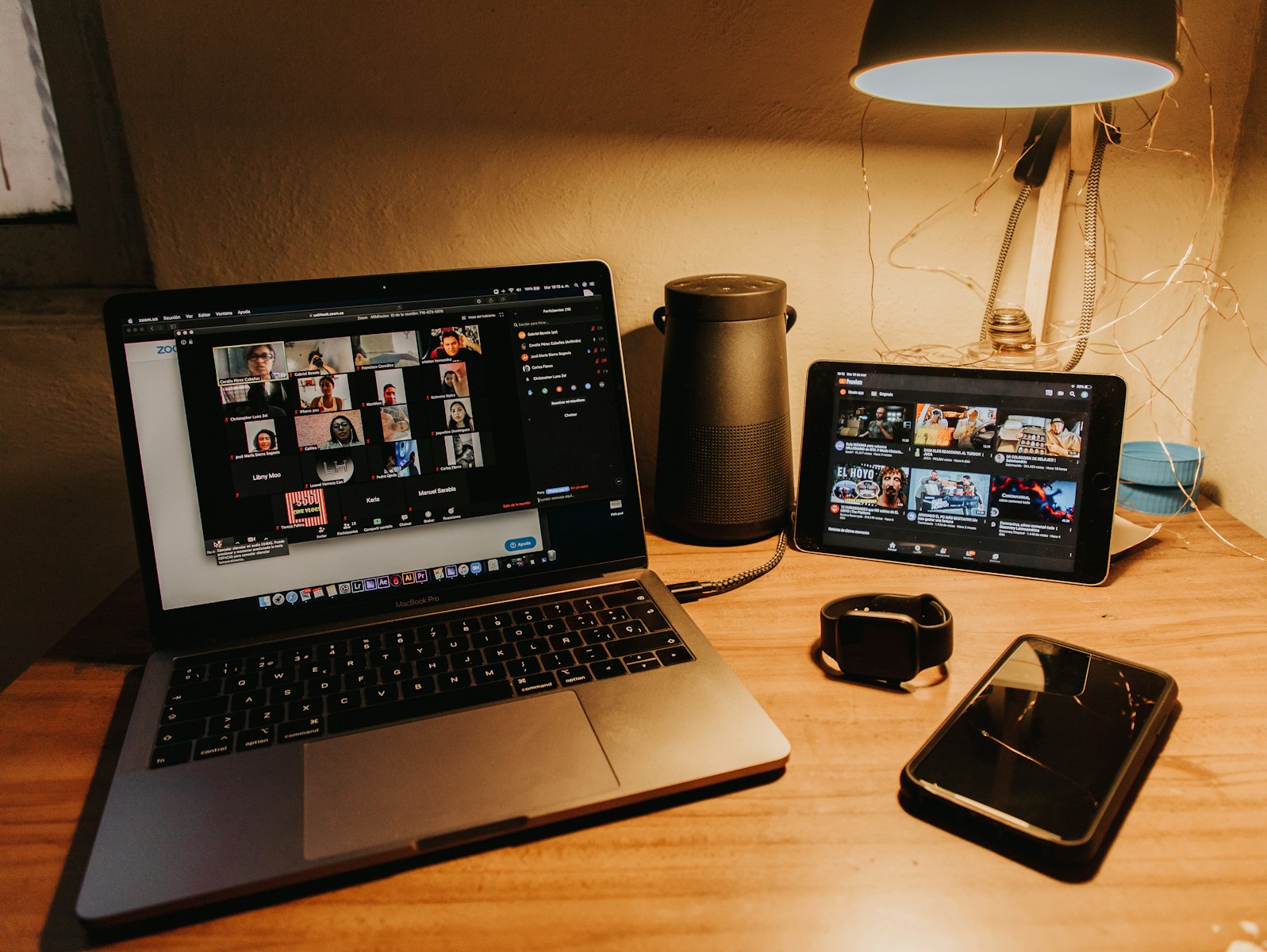Back-to-back video meetings can leave you more exhausted than a full day in the office. That’s not your imagination — it’s called Zoom fatigue. It’s the cognitive exhaustion caused by excessive video conferencing, and it’s a growing issue for remote workers around the world.
Unlike a phone call or in-person chat, video calls demand heightened attention, constant eye contact, and little room for natural breaks. The result? Mental drain that adds up fast.
Why Are Video Meetings So Draining?
Here’s why video meetings are more exhausting than they seem:
- Excessive eye contact: Staring at multiple faces (including your own) creates social pressure and cognitive overload.
- Lack of non-verbal cues: Your brain works harder to interpret tone, intent, and mood.
- Limited movement: You often stay locked in the same position, further increasing fatigue.
- Delayed responses: Even tiny lags in audio or video can disrupt your brain’s communication flow.
- Being ‘always on’: Feeling like you’re performing, especially with your camera on, adds stress.
Key Symptoms of Zoom Fatigue
You might be experiencing Zoom fatigue if you notice:
- Mental fog or sluggishness after calls
- Headaches, dry eyes, or neck/shoulder tension
- Irritability or lack of motivation between meetings
- Avoidance of video calls, even social ones
- Trouble focusing or speaking clearly during calls
Quick Fixes for Zoom Fatigue
These simple strategies can help immediately:
- Turn off self-view: Most platforms like Zoom and Google Meet allow you to hide your own video preview.
- Switch to audio-only: Not every meeting needs face-to-face video. Request a call instead.
- Take screen breaks between calls: Step away for even five minutes to reset.
- Change your layout: Use speaker view instead of grid view to reduce visual clutter.
- Use filters or backgrounds mindfully: Avoid visual distractions behind you that can add stress.
Long-Term Solutions That Actually Work
Zoom fatigue won’t go away until your routine and company culture adapt. Try these strategies:
- Limit meeting time
Set meetings to 25 or 50 minutes to leave room between calls. Tools like Clockwise can automate this. - Batch your video calls
Group meetings together on specific days or time blocks to reduce scattered energy. - Block out “no meeting” zones
Reserve at least one day or morning each week to stay off camera and focus. - Suggest async alternatives
Try replacing some meetings with voice messages, Loom videos, or Slack threads. - Upgrade your environment
Use a comfortable chair, better webcam placement, and proper lighting to reduce strain.
Helpful Tools for Reducing Video Call Overload
- Otter.ai – Transcribes meetings so you can review rather than attend everything live
- Loom – Record quick screen + face videos instead of scheduling meetings
- Clockwise – Smart calendar management that protects your focus time
- Krisp.ai – Removes background noise for smoother calls and less frustration
- Motion – Uses AI to auto-schedule meetings with breaks between them
Final Thoughts
Zoom fatigue is a real challenge — not a personal weakness. If you’re feeling drained, it’s time to adjust your digital routines, set clearer meeting boundaries, and explore async options. Your brain will thank you.
Post Disclaimer
The content on WorkZenly.com is provided for general informational purposes only and does not constitute professional advice of any kind. We make no guarantees regarding the accuracy, completeness, or reliability of any information presented on this site. By using this website, you acknowledge that any reliance on material found here is strictly at your own risk. WorkZenly.com and its contributors shall not be held liable for any losses, injuries, or damages resulting from the use or misuse of the information provided.


